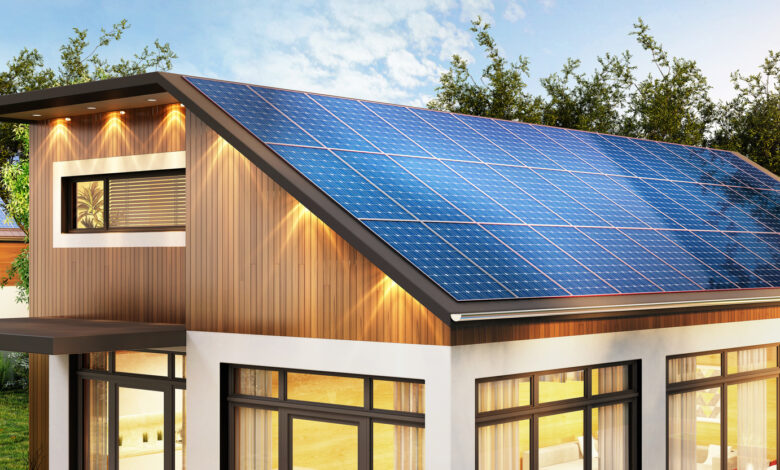What Should I Consider and Do Before Installing Solar Panels?

Solar panels average between $15,000 and $20,000, but you probably won’t have to pay all of it. That said, there are a lot of other factors that could make that price rise or fall. Even so, you’ll probably be paying off your investment for 9 to 13 years.
Finally, though, you’ll be able to make money off of your miniature energy plant. Yes, that’s right, you can turn it from an investment into a money and electricity generator.
Most of that depends on how well you prepare for installing your solar panels. Want to find out how to get off on the right foot?
Keep reading to find out how!
Having the Right Foundation
Ultimately, your solar power system will have to sit ontop of something. Be it a ground-based solar system or your roof, you need to determine this in advance. For most people, they opt for a roof-based system.
An experienced installer, like Blue Raven Solar can help you find the most suitable location for your solar power system. They can even give recommendations for treatments that you need to do before installation.
Such as?
- Determining the roof’s integrity
- Finding out if the roof shape is adequate
- Optimal angles and directions for capturing solar energy
- Diverting water during rains and snow
- Finding out how much the system will weigh and if the roof can take it
These physical limitations are what most homeowners consider most. There are, however, very pressing matters of warrantees, permits, and budget.
Consider the Hardware
Hardware costs for residential solar power have stabilized in the past few years to right over $1 per Watt. Installation costs and other expenses have also stabilized to about $1.80 per Watt. During this time, though, hardware is getting better and better.
The price alone doesn’t reflect the diversity in solar panel types and function. There are HJT and IBC construction for monocrystalline and polycrystalline silicon and thin-film cells of even more materials.
There’s also the difference between microinverters, power optimizers, and string inverters. Will you be using a battery backup, a generator, or rely on the utility grid?
Will you be grid-tie or off-grid, for that matter?
All of these options and questions can be dizzying, but you need to have a clear path before you rush in.
First Step: Paperwork
First off, you need to determine your budget and get a knowledgeable engineer on the task of evaluating your property. Next, you need to apply for permits and incentives.
There are various incentives, like the federal ITC, SREC, and local solar financing initiatives. SRECs shouldn’t be confused with energy credits with your local grid. With federal ITC assistance, you can get a 26% break on the cost of your solar power system.
No one likes paperwork, but it’s important to do before you start buying equipment.
Installing Your Solar Panels
Installing your solar panels is actually near the end of the process. Once you’ve got them in, you still need to get approval from a local inspector and a local utility, unless you’re going off-grid.
Need to know more about going off-grid with solar? Keep reading our articles to find the latest information on solar power systems using batteries or generators.






